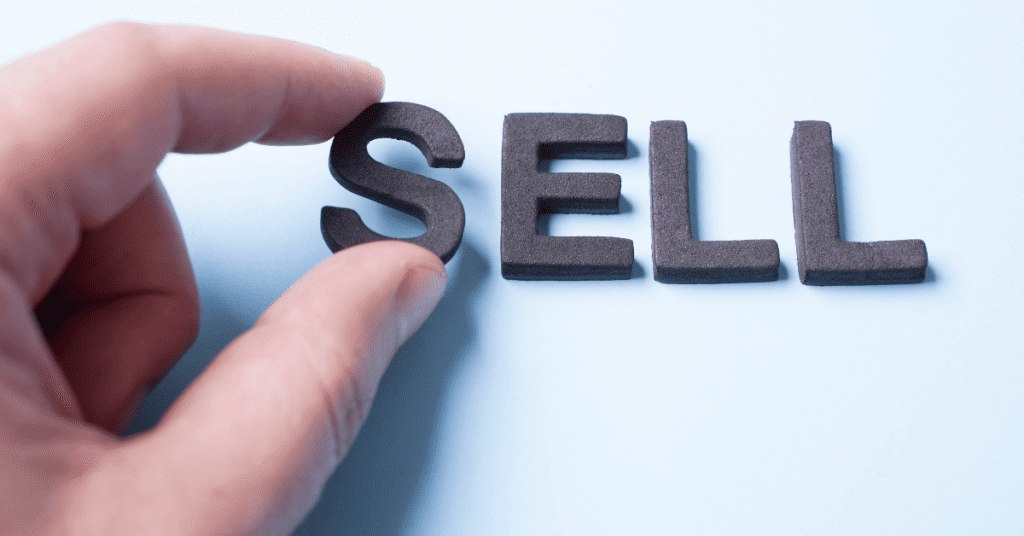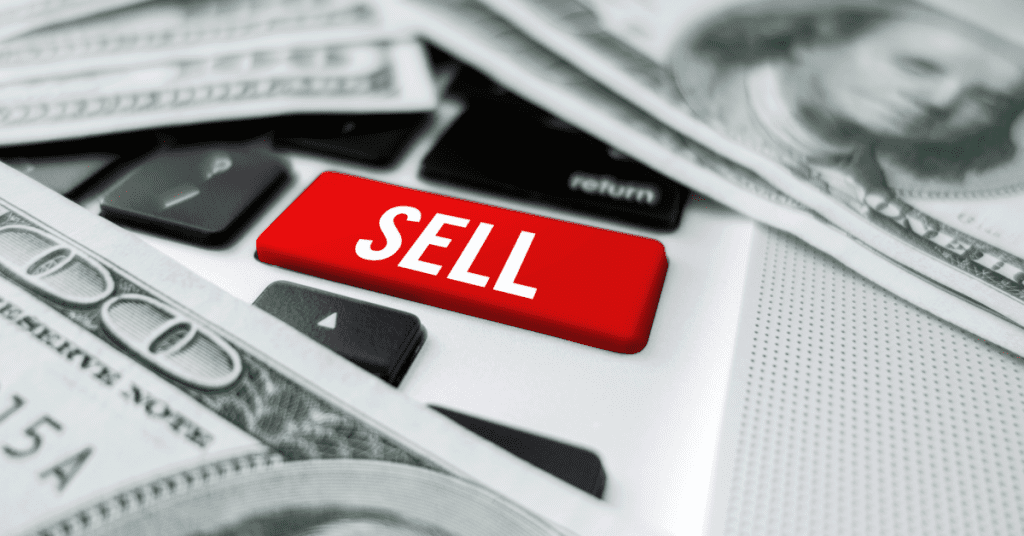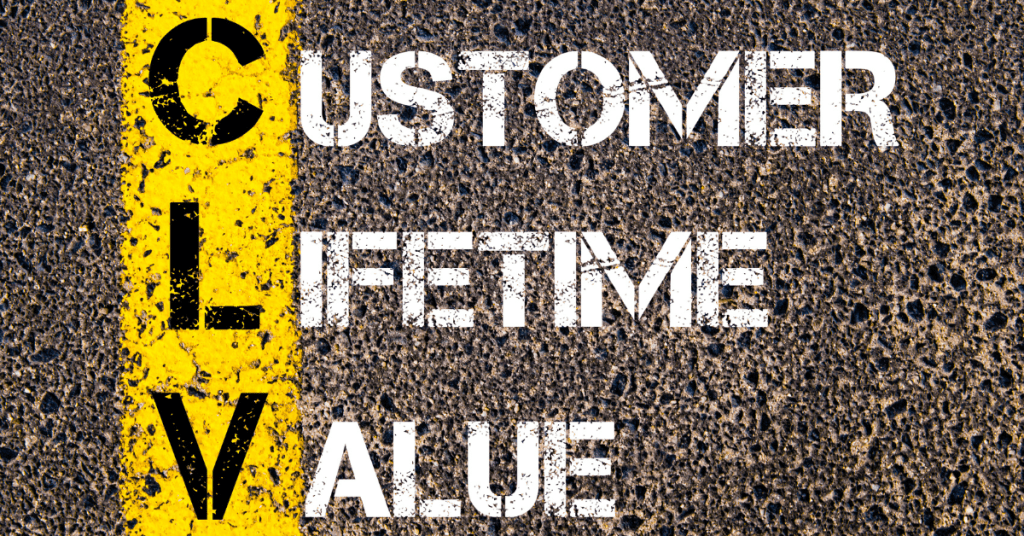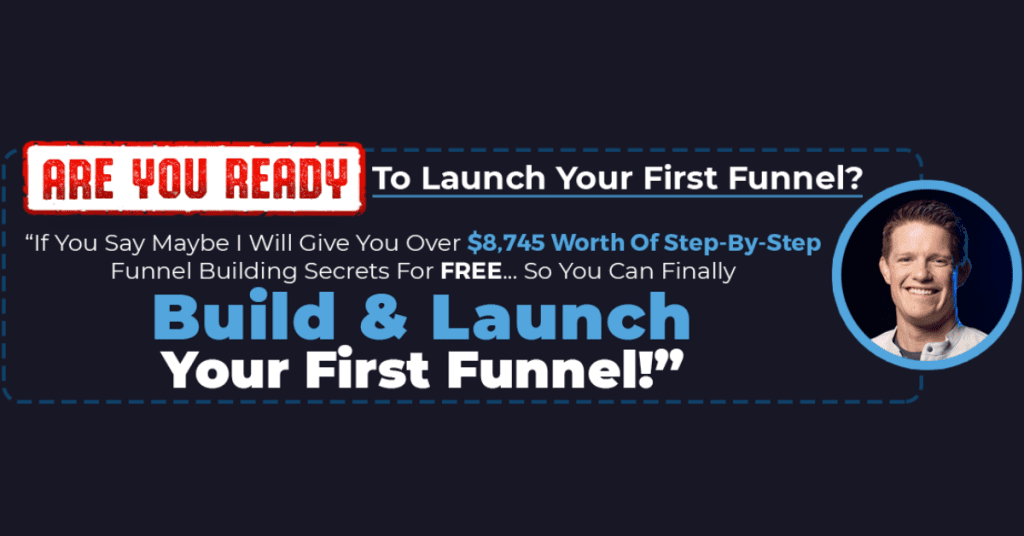Whether you are aware or not, upselling is happening in our daily life. No matter where you go when you are buying something, normally there is an upsell. Upselling is used in various businesses and industries to increase profits from a sale.
Examples are from the waitstaff at a restaurant promoting a higher-priced menu item to the “pro” version of many smartphones on the market right now.
The basic idea is to offer an existing customer a more premium or exclusive offer of equal or slightly higher price, add more value for the consumer than the original purchase, and increase your sales. Making someone spend more. The upsell is also normally a better offer compared to their original purchase so they will buy it.
And you, as a business owner, your fixed cost and cost of acquisition for the customer are almost the same, but by having the upsell, the amount spent increases. The additional purchases will be pure profit.
In this article, we will discuss the benefits of upselling, best practices in the market, and some examples of upselling that are happening in our daily life.
What is an upsell?

When a customer makes a purchase, a recommended exclusive feature or an upgraded item is offered, and that is an upsell. The reason to provide upsell in your business is simple. You are offering more products or offers for the same customers in return creating more sales and profits. Again, it is easier to convert an existing customer compared to a new one.
Think about being offered an upgrade to a large meal or large drink with a slight difference in price. OR when you are buying popcorn, it might be just a difference of $1, but you are getting a large set instead of a regular set. The cost difference for the owner is not significant, but he is earning another $1 in this upsell. Just by offering more items.
An upsell’s benefits are that your business can enhance your potential sales. In fact, it’s thought to be 70% easier to sell to a current customer than it is to create a new customer.
New customers convert at less than 10%. So, it is wise that you upsell a current customer that is already in the buying process. And in the mode of spending. He has already started to trust you and willing to spend in your store.
Also, to get a new customer in, you are going to have some acquisition costs and build a relationship to persuade them to make a purchase.
Hence, don’t miss any chance to upsell or cross-sell to your existing customers.
How To Use Upsell?
By definition, upselling is the process of a sales technique that focuses on increasing sales by encouraging the client to make an additional purchase, usually at an additional offer that is equal to or slightly lower price than the original purchase price. But providing more value to the customer.
This can be offering more of the same products purchased but with a better deal to thank for their purchase. Or a different product that is complementary to the products/services they purchase. Never offer something totally irrelevant.
There are three upselling stages that need to be considered in your sales strategy. Those stages are opportunities for you to increase your sales and occur before, during, and after the initial sale.
Before The Sale:
At this stage, the visitor is just browsing around without deciding whether to make a purchase or not. And this is where you should give them an irresistible offer to persuade them to buy. This is always done by making an upgrade to their browsing interests at a discounted price.
During The Sale:
This stage can be the most tricky to pull off successfully. You don’t want to overwhelm the consumer with too many options, prices, and amenities that may confuse or distract the customer. The goal is to offer one option that may be similar to what the customer may already be considering.
Post-Sale:
This stage is the follow-up which could be an email with an option for a future upgrade at a discount or a unique opportunity that only someone that made a recent purchase may receive.
When done correctly, upsells can vastly increase the profits of your company. Implementing an excellent upselling strategy will take some dedication to train your staff on best practices. We want to offer the best deal, but we don’t want to make people think that our brand is cheap. Hence, designing a good upselling deal is very important.
Don’t confuse the idea of upselling with that of cross-sales. With a cross-sale, you’re offering your customer similar products that are usually purchased together versus providing more value to the original item.
Building Good Customer Relationships

The key to business success is to have a group of loyal customers that will buy everything that your offer. And, upsell is using this to grow your business. Having a good relationship with your customers will make them able to trust you and share your business with their friends and family.
And by upselling to current customers, you’re offering them better value at a reduced price. This strategy works because people always looking for a better deal. By upselling a premium or upgraded version of your product, mostly if it’s offered at a discount, customers see the value they gain over time and enhance their opinion of your product.
If you are having an agency or service-based business, your upsell should be from a step-by-step guide or webinar to a done-with-your session and the next upsell to a done-for-you deal.
Sales Are Easier With Existing Customers
Lead generation is always the most important in any business. Without new leads flowing into your business, it is not able to grow or even sustain. While lead generation can be easy with the lead funnel, it is always easiest to convert existing customers as they already knew you, buy from you, and trust you. It’s exponentially easier to make a sale with someone already familiar with your product than it is to spend the time and money to create a new customer.
Customer Lifetime Value (LTV)

Lifetime Value or LTV is how we calculate the profit for our business. For instance, if the average LTV per customer is $100, then you can spend $90 to acquire a customer while still making a profit. But of course, we won’t do that as there are still uncertainties for the following sales. We will calculate our acquisition cost based on the initial sales. And the rest will be increasing profit.
Over time, brand loyalty creates more sales than multiple new customers over the course of a customer’s lifetime. This is where the follow-up sales or post-sale comes into action. Follow-up, subscription, or upselling a premium version of your product or service enhances the value your current customer feels about your product. This will also make them think of you when they want to get a similar product/service again.
The benefits of upselling can be huge if implemented correctly. However, for some, there are still mistakes. The best practices should always consider maximizing the relationship between your brand and your customers. People will best purchase from the brand they know and trust.
Examples of best practices for your upsell program:
Keep The Upsell Price Low
When you promote your upsell offer, the product should increase the value of the product or service that was just purchased. It shall have a similar price point to the original purchase. Ideally, a slightly lower price than the original product/service sells best though you could offer a more expensive upsell by adding a discount to its price.
Don’t Be Pushy In Your Upsell
Nobody likes a pushy salesperson. Your upsell page shall not be pushy as people don’t appreciate being treated that way as if you want more of their money. Instead, provide them with better value so they can’t resist your offer. Being pushy will just push them away from your business.
Accept No As An Answer
Just as important as not being overly aggressive in your upsell, it is also common that people say “no”. And this is not the end of the world. As long as you have their contact details, you can always follow up and make the offer again. One big mistake people make is don\’t build their contact list. And in your upsell, you can give the options for them to consult again on the offer, whether will it be available, or to provide some proof to claim the upsell offer. But do not make it unlimited, as it will let them take a long time to make the decision.
Educate About The Upsell Advantage
A purchase is made when there is a strong reason. Tell them why they should get the upsell together with their purchase. What’s the benefit they will get? Just like when you are buying fast food, they offer to upsell a large meal for a small amount of money. Restaurants use this all the time when they recommend a “personal favourite” to pair with whatever item the customer has ordered.
Always Be Closing – ABC’s Of Upsell
There’s a delicate balance between always working the upsell and coming across as too pushy or aggressive. Instead, focus your tone and pitch of the upsell as a benefit to what was already purchased, and show how it will enhance user experience.
Use Side-by-Side Comparisons
Show how the upsell compliments, enhances or maximizes the original product. Also, comparing the value and benefits so they can easily see the additional values they are getting from this upsell.
Offer Immediacy To The Upsell
We’ve all heard language in a sales pitch such as, “if you act now, we’ll throw it x, valued at $Y, for only a low, low price of…” Make the upsell discount an advantage to act immediately. Let the consumer know that there is a limited time or quantity. A delay might lose the discounted price if they consider the upgrade as a standalone product later
With upselling, you’re recommending upgrades or premiums for your customer as they make an initial purchase. This moment in the sale process is an opportunity for your organization to make additional sales if handled correctly.
Now that you understand the basics and best practices of upselling let’s turn attention to upselling examples and how those lessons may be applied to your business.
Upsell Examples
Now that you understand the benefits and best practices of upselling, there are some great examples and ideas to consider for your spelling strategy. If you had ever gone to any eCommerce platform like Amazon, there is always this column of “Buy It With”
This is where the upsell works. Follow by the hard disk, Amazon is upselling a mounting bracket and a cable to use with it.
Would You Like Fries With That?
At a fundamental level, restaurants are all about upselling. A good example is when you are ordering an item, the server makes other menu suggestions that pair well with a drink or dessert. We’ve all heard the term, “would you like fries with that?” or “Would you like to make it a meal”. This is all invisible upsell that happens in our daily life.
Another strategy that restaurants use is to offer a larger size of the food being purchased. Fast food operations are an excellent example of providing an upsell, especially when a customer orders a beverage. The person taking the food order will offer a larger-sized drink, sometimes without mention of the price, which is not much more than the original item’s price.
Service Warranties And Product Insurance
One of the more profitable and popular upselling strategies is to offer an extended warranty or product insurance. It’s additional protection where people rarely use it. But it is very useful when you require them.
Apple is an excellent example of using this upsell technique in action. When you purchase any Apple device, there is the option to purchase Apple Care for product protection at checkout. The number of people that purchase this “peace of mind” and product warranty far outweighs the number of claims that Apple takes care of, making this option a hugely successful upsell program.
Not only that, the premium is very low compared to the product price, making it sense to get additional cover for the device bought.
Upsell to Premium Service
One of the things that you want to do when upselling to a customer is to be as transparent as possible about what are they going to get. For example, if you are offering different service packages with different price points, break down in detail what they are getting and what is that thing.
Customer wants to know what they are getting, and why should they pay the extra money. Even if it\’s a small amount, they are expecting to get more value than what they pay for.
As you can see, they provide detailed comparisons and breakdowns for different plans they are upselling. You get to know just how much value you are getting if you decide to go for the upsell. And most important, the price gap between each plan is not big while offering you more services.
Final Thoughts – Implementing Upsell
Upselling is a good strategy in all businesses to increase revenue for your business. If done well, you can easily scale your business 2X, 5X, or even 10X. It is so simple, yet it works.
To illustrate how we build that, we always use the strategy called value ladder sales funnel. During every step of the ladder, you are providing a new offer to the customers.





